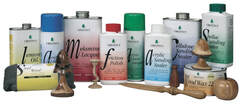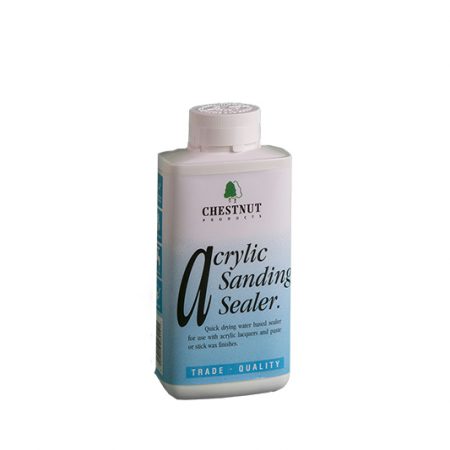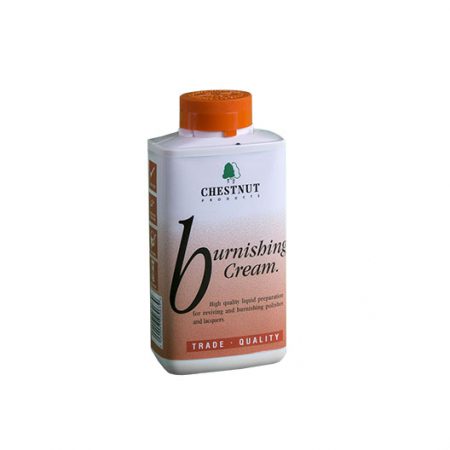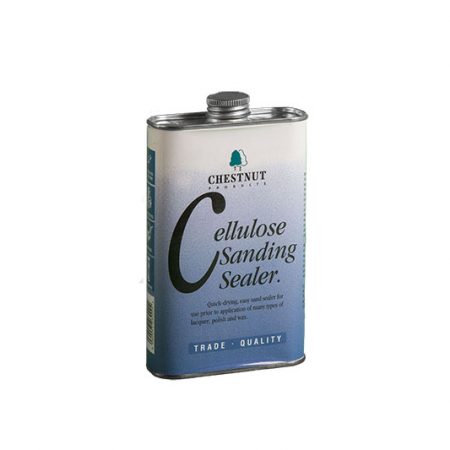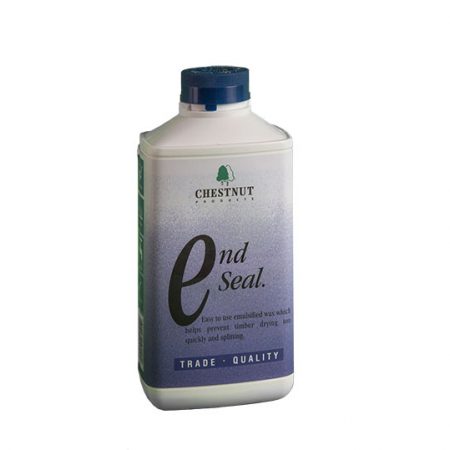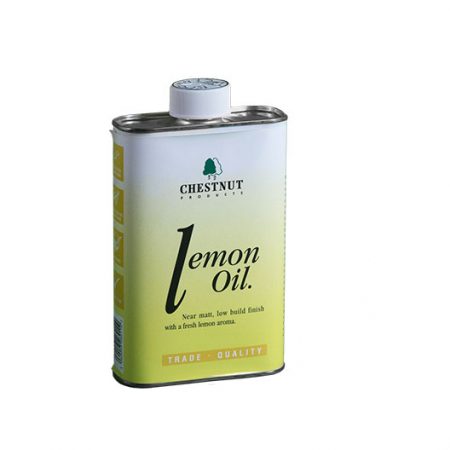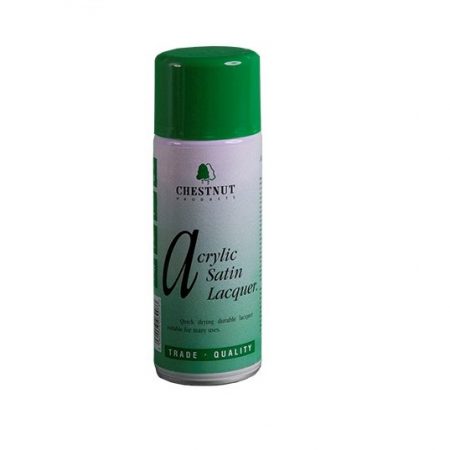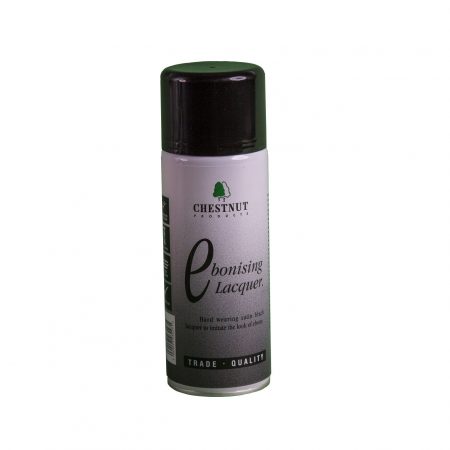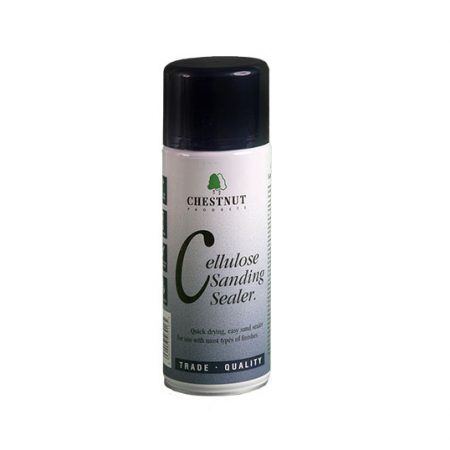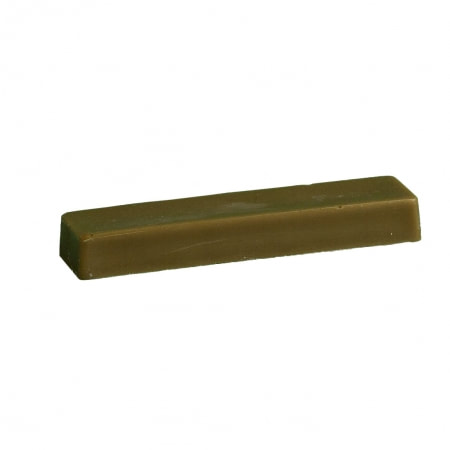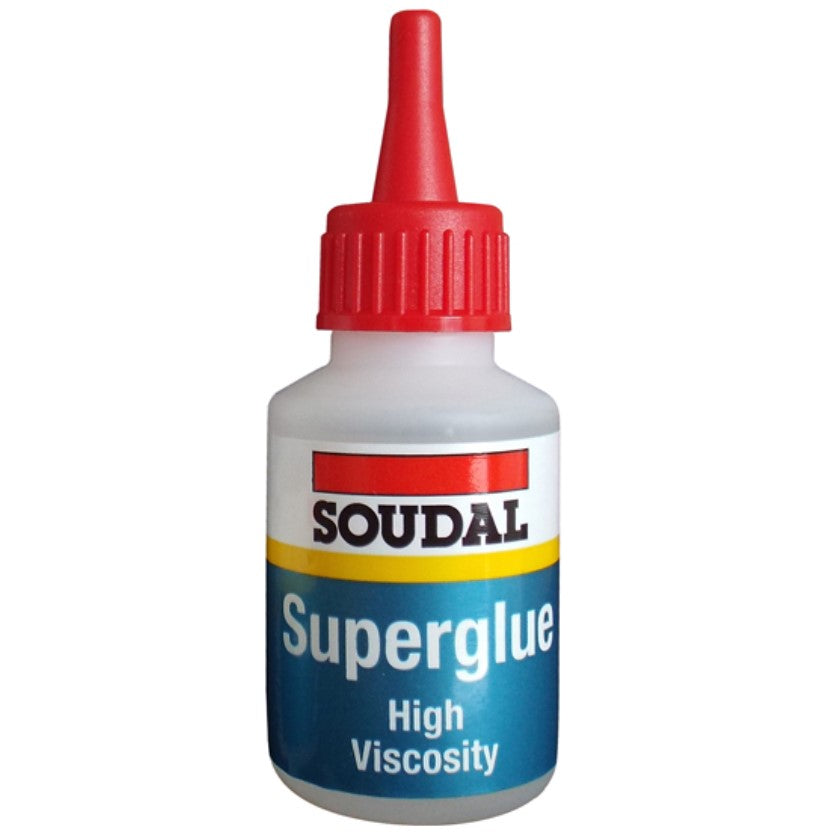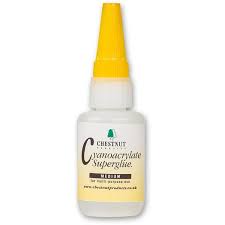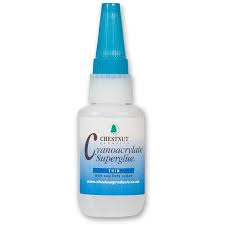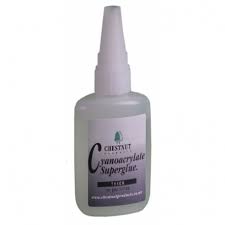01 4019100
Block3, Unit B4 - B5, Aerodrome Business park, Rathcoole, Dublin 24 - D24 X371
|
Acrylic Sanding Sealer.
Typical uses: To seal open pores of timber prior to application of lacquers, waxes or polishes. Once dry lightly sand for a smooth surface. Method of application Foam Brush, Brush, cloth or spray. Drying time Within twenty minutes under normal conditions. Coverage approx. 8-10 m² per litre. Compatibility Can be used as a basecoat for Acrylic Gloss Lacquer, Acrylic Lacquer, Ebonising Lacquer, Acrylic Satin Lacquer, WoodWax 22, Woodturner’s Stick Wax, Friction Polish. Tips One coat should be sufficient to seal the piece you are working on. It is not advisable to apply more than one coat, especially when using a ‘hard’ topcoat (i.e. lacquers). Thinning may be required when applying over a large area. |
Acrylic Lacquer.
Typical uses: A gloss finish, water-based lacquer which gives a very hard-wearing finish. Method of application Foam Brush, Brush, cloth or spray. Drying time Within twenty minutes under normal conditions. Coverage approx. 8-10 m² per litre. Compatibility Can be used over Acrylic Sanding Sealer and Cellulose Sanding Sealer. Once dried, Burnishing Cream or WoodWax 22 may be used on top of this product. Tips Thinning may be required when applying over a large area. Acrylic finishes have a tendency to ‘froth-up’ when applied; to reduce this we recommend the use of our Foam Brushes. Not suitable for exterior use. Conforms to EN71 for use on toys Thinners Water. |
Friction Polish.
Typical uses: High gloss finish usually used on the lathe although it can be applied off the lathe Method of application Either by holding a moistened pad against work revolving on the lathe or continued rubbing off the lathe Drying time The friction caused by application means that the polish dries immediately Coverage Virtually impossible to calculate due to the nature of application Compatibility Can be used on bare wood or over any of the Chestnut Products’ Sanding Sealers. The final finish can be treated with Burnishing Cream for an even higher gloss. Waxes can also be applied over Friction Polish. Tips Apply a thin coat and keep the cloth moving. For an incredible finish try applying Friction Polish over a burnished coat of Melamine Lacquer then use Burnishing Cream on top. Thinners Methylated Spirits (Should not be needed) |
|
Melamine Laquer.
Typical uses: A quick drying lacquer which gives a very hard-wearing gloss finish. Method of application Foam Brush, Brush, cloth or spray. Drying time Within five minutes under normal conditions. Coverage approx. 8-10 m² per litre. Compatibility Can be used over Cellulose Sanding Sealer. Once dried, the use of Burnishing Cream will give a higher gloss finish; WoodWax 22 may also be used on top of this product. Tips Thinning may be required when applying over a large area. Not suitable for exterior use. Conforms to EN71 for use on toys Thinners Cellulose Thinners |
End seal.
Typical uses: To seal wet wood to prevent splitting Method of application Brush or dip Drying time Up to one hour depending on thickness of coating Coverage 4-6 sq m per litre Tips Apply liberally Thinners Water |
Burnishing Spray (Black).
Typical uses: A satin, water-based lacquer which gives a very hard-wearing black finish to emulate the look of ebony. Method of application Aerosol Drying time Within twenty minutes under normal conditions. Coverage approx. 1-2 m² per can. Compatibility Can be used over Acrylic Sanding Sealer and Cellulose Sanding Sealer. Tips Be sure to avoid spraying over other items you do not want contaminated with black lacquer! On large areas apply in thin coats. This product can be used for exterior applications. Thinners Not applicable |
|
French Polish.
Typical uses: For a high gloss finish on fine furniture Method of application Traditional french polishing techniques with a rubber Drying time 5 minutes Coverage 5-8 sq m per litre Compatibility Can be used over Shellac Sanding Sealer; WoodWax 22 can be used afterwards once the polish is completely dry Tips French polishing is an art that requires a lot of time and patience! Thinners Methylated Spirit |
Wax Sticks.
Typical uses: For a tough, high gloss finish usually used on small items. Method of application By using the heat generated by holding the stick against work revolving on the lathe to melt and transfer a small amount of wax from stick to wood. Drying time Virtually instant Coverage Impossible to quantify - a little goes a long way! Compatibility Use over any of the Chestnut Products Sanding Sealers. Is also used over Friction Polish Tips Work quickly to avoid a build up of wax in one area. This is a blend of waxes making it easier to apply than pure stick waxes. |
Chestnut Finishing Products.
Dear Customer
From being high class furniture manufacturers circa 1776 to present day timber, sheet materials importers and builders providers, the name Strahan has always been associated with quality products
From being high class furniture manufacturers circa 1776 to present day timber, sheet materials importers and builders providers, the name Strahan has always been associated with quality products
IMAGES ON OUR WEBSITE ARE ONLY A REPRESENTATION FOR THE PRODUCTS SOLD
|
|
Opening Hours:
Mon. - Thurs. - 7:45 - 5:00 (Closed for Lunch 1:00 - 1:30) Fri. - 7:45 - 4:00 (Closed for Lunch 1:00 - 1:30) Closed: - Saturday, Sunday & Bank Holidays. |
|
Strahan Distributors Limited, Registered in Dublin, Republic of Ireland
Company registration number: 333348, |
COPYRIGHT 2023 STRAHAN DISTRIBUTORS LTD
|


